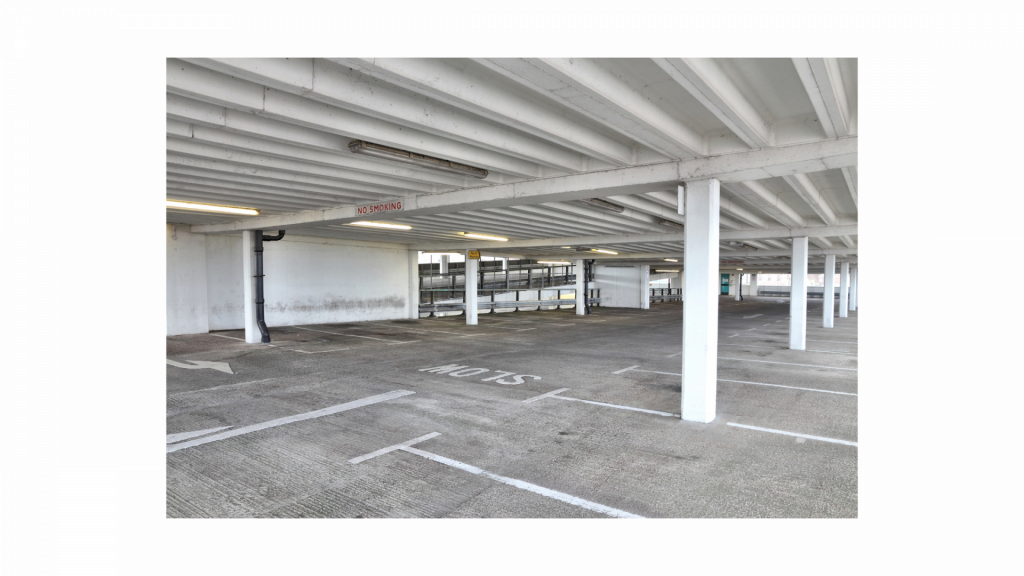“Massive concrete eyesores” is most often used to describe parking garages. Originally, when garages were integrated into the urban landscape, they were usually converted stables or repurposed large buildings. But as Americans became more auto-dependent, the parking garage shifted from a mechanized or attendant parked garage to the self-park, ramped buildings that dominate today’s landscape. But today cities and developers are making changes to the eyesores.
Parking Garage History
The Housing Act of 1949 is often cited as the start of the urban renewal program that reshaped the cities we know now. During that time, buildings started to come down and parking lots/garages started popping up. It was generally hoped that ample parking would pull people back into the city to shop or live. Unfortunately, however, the ample parking did little to help burdened city budgets. In some areas, parking lot revenues are 83 percent or more less than the property tax revenues a city might receive per acre of ground. As a result, there was a huge incentive for property owners to tear down existing buildings and pave the site for a parking lot. That attitude did little to encourage development until more recently.
Tear Down Parking Garages
Many cities are now seeing a resurgence, as businesses are renting office space and residential development is popular again. Instead of trying to profit from parking garage revenue, developers are buying up structures and tearing them down. In their place you now find street level retail stores, office space and high-end residential development. As a result, the property values increase as the old garages come down and new mixed use buildings are delivered. The hope is that the retail and residential uses in the new commercial buildings will bring people back into the city, but for more permanent reasons.
Fix Up Parking Garages
The typical parking structures erected in the 1960’s and 70’s were functional, but not very attractive. While parking garages are still essential, they don’t need to dwarf the new city-scape. Developers, in cities like Philadelphia, are spending millions of dollars to update parking garages. For example, the city is renovating the 55 year old, six story parking garage at 8th and Filbert to be more aesthetically pleasing. Many cities are turning their massive concrete structures into more sustainable buildings that use natural sunlight and have contemporary facades and efficiencies.
Change for the Better
At one point, the city parking garage was supposed to be city’s answer to sprawling, suburban parking lots. The idea was to offer people a clean, safe place to park so that they would shop or live in the city. Today, the trend that we are seeing is people are coming back to the city, so if they have to see those massive, unattractive structures they might as well be, clean, secure and safe for the people using them. We all know that Americans are attached to their cars, so the goal now is two-fold, make the garages nicer or make the residents comfortable with two wheel travel or the newer short term car rentals such as Zip Car more appealing to the city’s populace.

